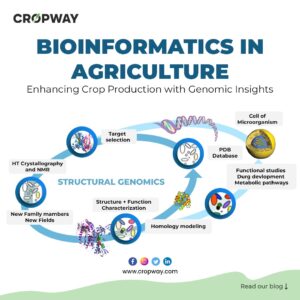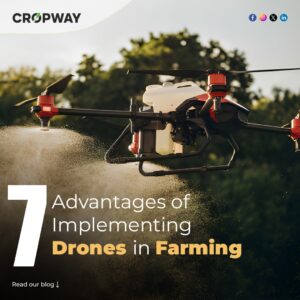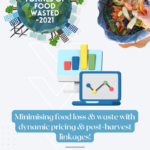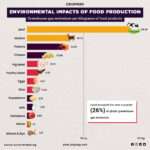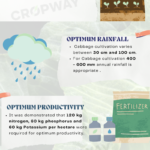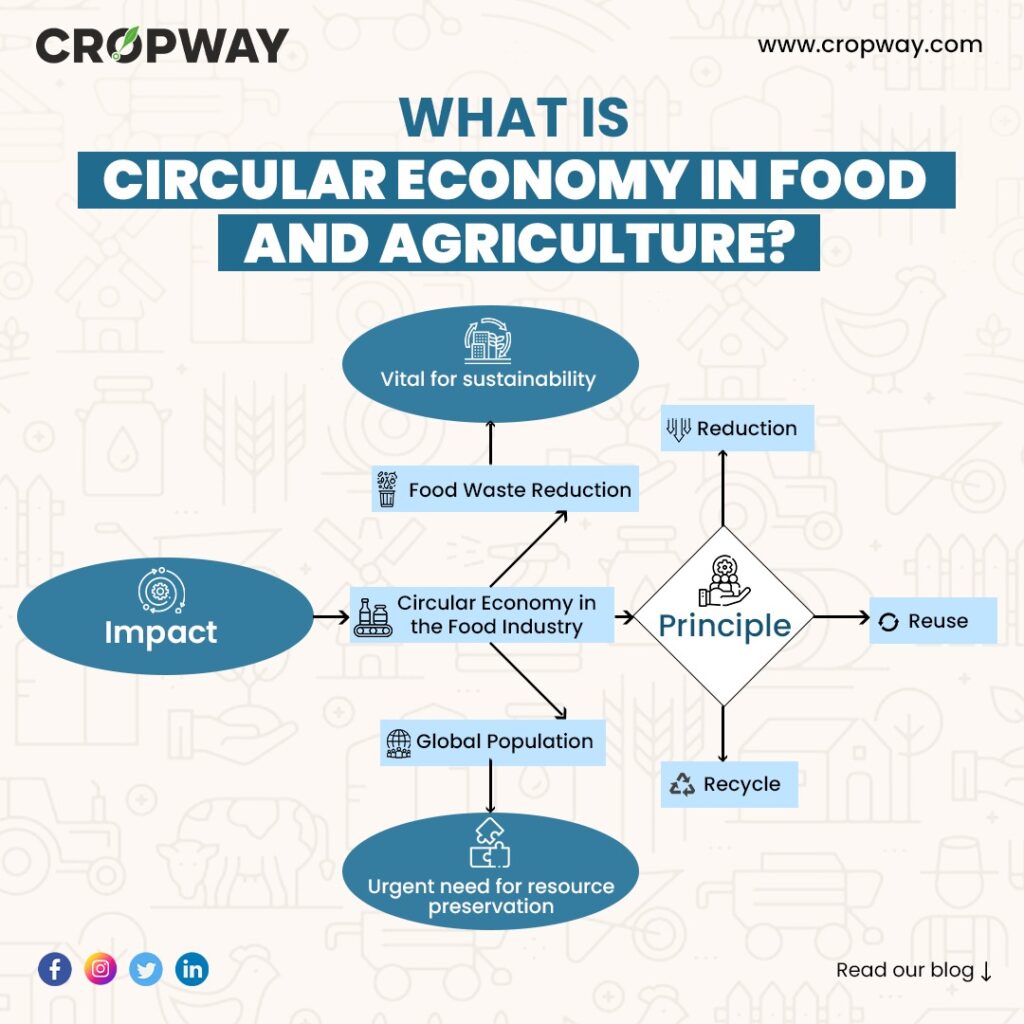
In a world passionately committed to sustainability, the circular economy is emerging as a beacon of hope, transforming how we produce, consume, and manage goods. This revolutionary concept, guided by the principles of reduction, reuse, and recycling, marks a decisive departure from the traditional linear model of take-make-waste, which has long contributed to environmental degradation and resource depletion. As our global population continues to surge, the imperative of discovering sustainable methods for nourishing our planet while preserving its finite resources becomes increasingly urgent.
Recent findings published in the prestigious journal Nature Food underscore the potential impact of circular economy principles. Practices like regenerative agriculture and food waste reduction have the potential to slash greenhouse gas emissions from the food sector by a staggering 70%.Within this blog post, we embark on an exploration of the profound influence of circular economy practices on the food industry.
Redefining the Paradigm: The Need for a Food System Revolution
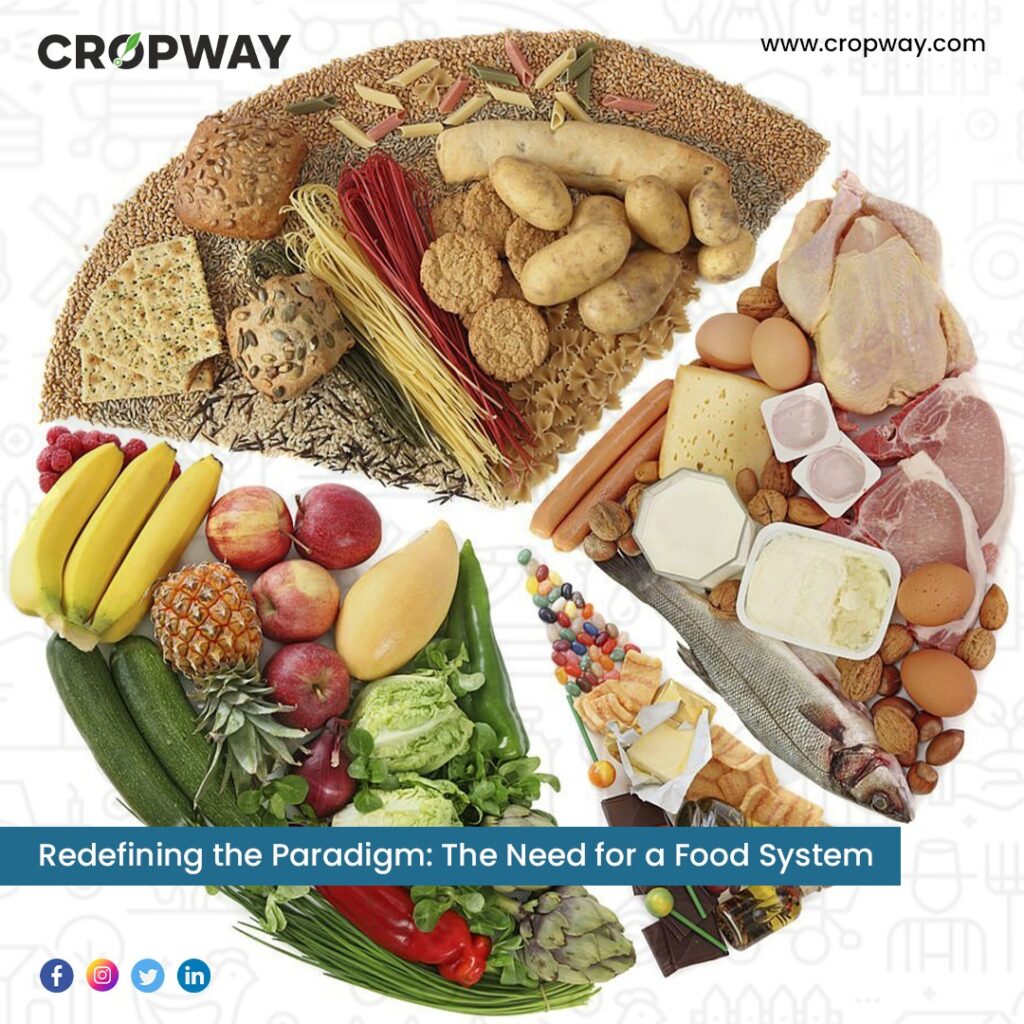
Startling statistics reveal that one-third of all food produced for human consumption is lost globally, equivalent to a staggering 1.3 billion tonnes or a whopping US$1 trillion annually. From an environmental perspective, this wastage ranks as the third-largest contributor to carbon dioxide emissions. Astonishingly, around 40% of these losses occur post-harvest and during processing. The current linear food production model, relying heavily on finite resources, pollution, and the exploitation of natural systems, carries an astronomical cost of USD 5.7 trillion.
The consequences of this linear approach extend across various domains, including climate change, food waste, water scarcity, inequality, and the alarming decline of biodiversity. The agri-food sector shoulders a significant burden, accounting for nearly a quarter of all greenhouse gas emissions and causing widespread environmental degradation through air, soil, and water pollution.
These impacts, in turn, give rise to health issues stemming from pollution and exacerbated by pesticide and fertilizer overuse, reliance on antibiotics in animal agriculture, untreated human waste, and the growing threat of antimicrobial resistance—all of which pose significant challenges to food security. Amid this complex landscape, the circular economy emerges as a beacon of hope, offering a blueprint for a healthier future anchored in a sustainable food system.
Deciphering the Circular Economy (CE)
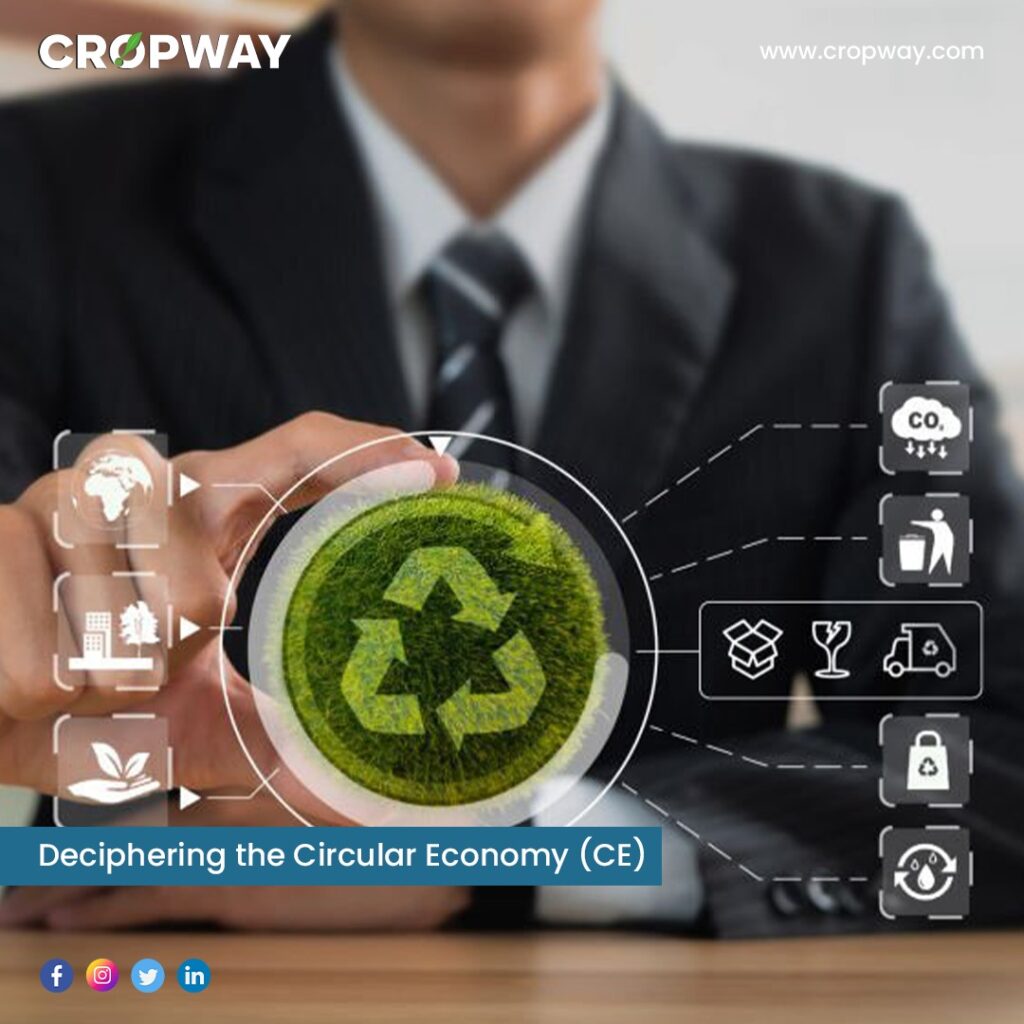
At its core, the circular economy represents an economic system functioning as a closed-loop, harnessing renewable energy sources and systems thinking while minimizing the loss of value in raw materials, components, and finished products.Circular economy principles equip us with the tools needed to elevate and optimize production and consumption, all with the overarching goal of sustainability.
In the context of agriculture and the circular economy’s application to food, it represents a regeneration-centric system designed to minimize waste while maximizing the utility of available resources. The potential economic benefits of implementing circular economy practices are staggering, projected to reach up to $4.5 trillion by 2030.This approach is underpinned by sustainable and natural modes of regeneration, where by-products are repurposed within different cycles to curtail waste. Within the food industry, the circular economy revolves around four core principles: the utilization of low-impact ingredients, diversification, repurposing, and regenerative production.
Circular Economy in the Food Supply Chain
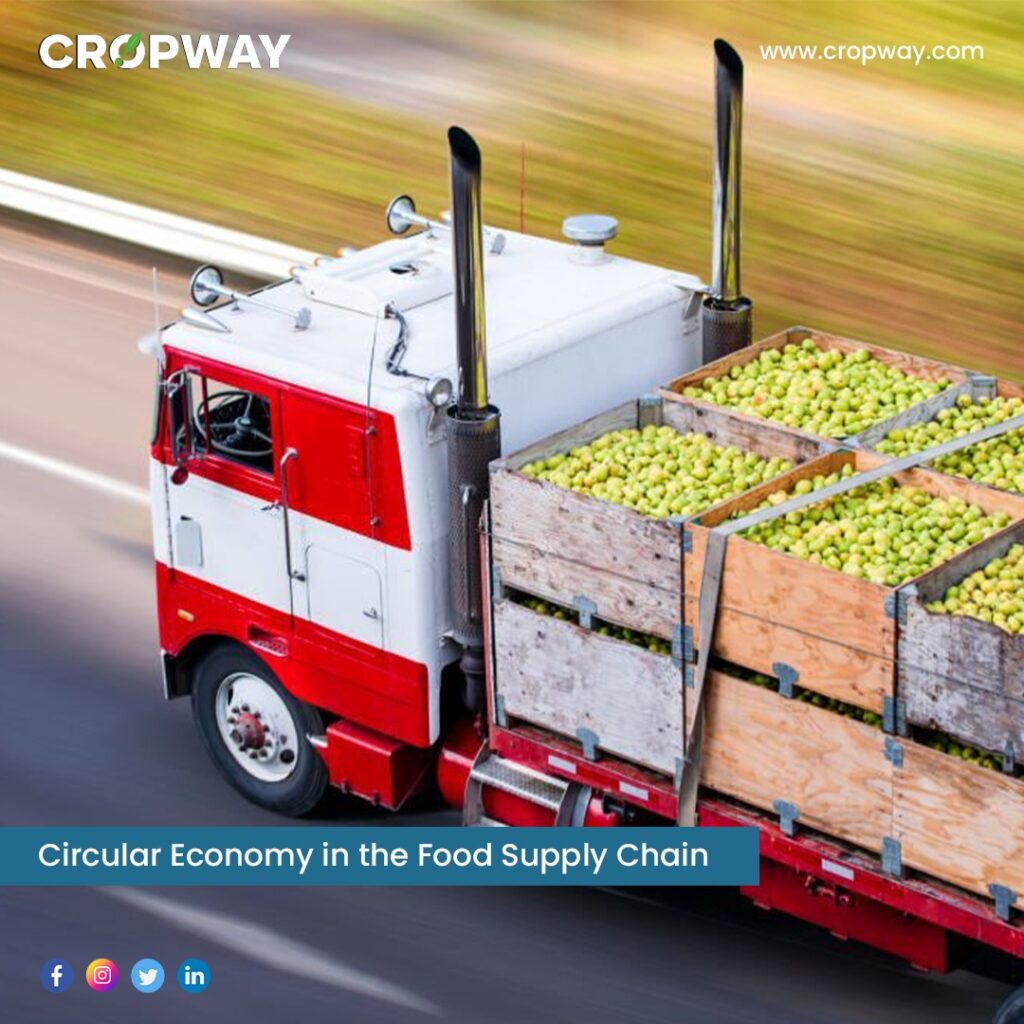
Traditionally, products in the linear supply chain were produced, consumed, and discarded with little regard for waste. However, the shift toward sustainable agricultural practices has ushered in the circular economy. In this model, products are created, used, and then either recycled or repurposed, with the aim of maximizing resource utilization and extending product lifecycles. This approach ultimately contributes to the optimization of ecosystems within the supply chain.
The circular economy doesn’t seek to reinvent the structure of the food supply chain but enhances the value of each step in the process, striving for ecosystem optimization. It accomplishes this by adding both economic and environmental value through circular processes, which minimize resource consumption and environmental impact while sustaining economic growth. In essence, the circular economy champions the concepts of making, using, remaking, reusing, and recycling.
Empowering Urban Centers: A Catalyst for Transforming Food Systems
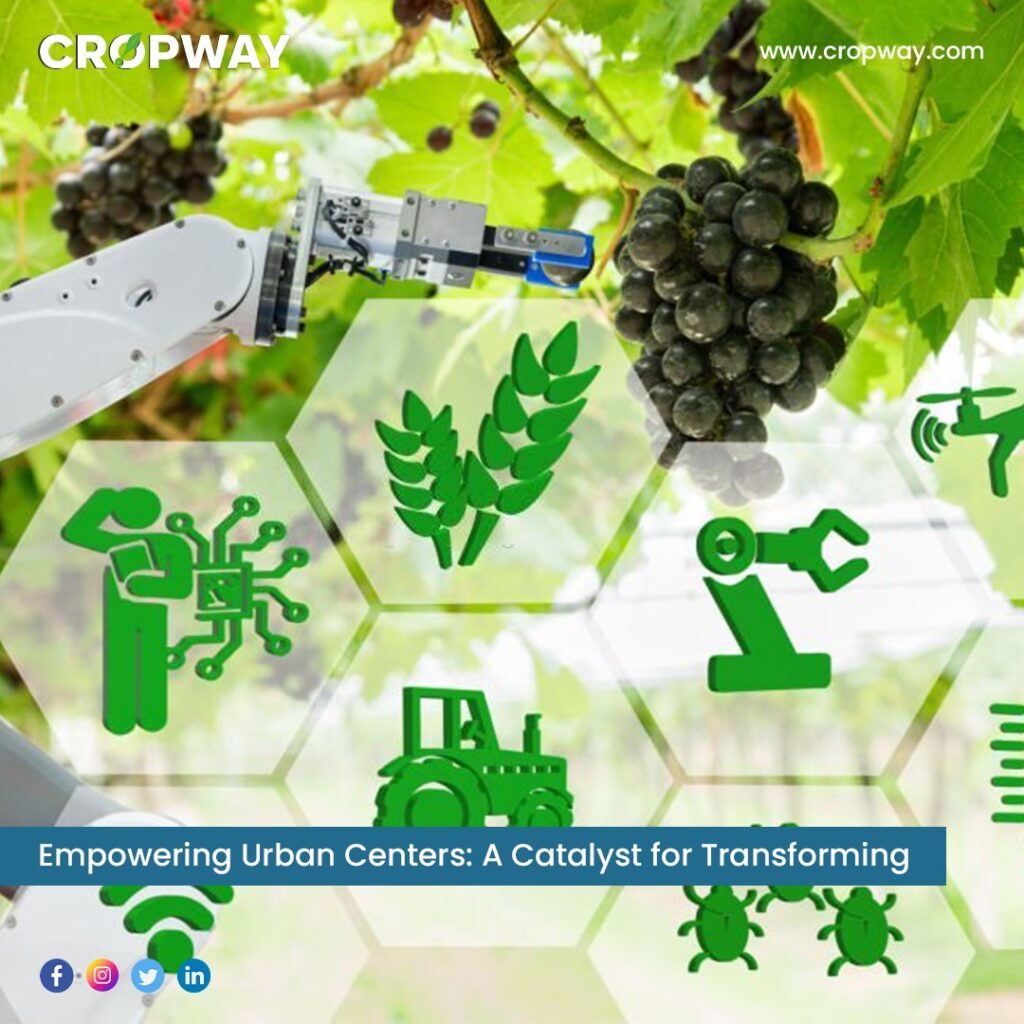
As we explore the realm of circular economy practices, it’s crucial to recognize that urban centers play a pivotal role in propelling the shift toward sustainable food systems. According to the Ellen Macarthur Foundation, these dynamic environments can enact meaningful change through a multifaceted approach:
1) Cultivate Sustainably and Locally
Urban centers are positioned to embrace regenerative practices in food production, ensuring that the food they source enhances the environment rather than degrades it. This entails adopting production techniques that contribute to the overall health of the local ecosystem.
2) Eliminate Food Waste
Cities stand at the forefront of the movement to fundamentally transform the food system. This transformation transcends the mere reduction of avoidable food waste; it envisions a system that entirely redesigns the concept of ‘waste,’ ultimately making waste obsolete.
3) Craft and Promote Healthier Food Options
Within the circular economy, food products are thoughtfully designed to prioritize health—from production to nutritional content. Innovations, novel products, and enticing recipes all play a pivotal role in eradicating waste from the food system. Effective marketing can position these delicious and nutritious offerings as convenient and accessible choices for individuals in their daily lives. Food brands, retailers, restaurants, schools, hospitals, and other providers wield the power to shape our food preferences and habits, thereby contributing to the support of regenerative food systems.
4) Foster Community Engagement
Urban centers can further accelerate the shift toward sustainable food systems by actively involving their communities. Engaging residents, local organizations, and stakeholders in discussions and initiatives related to regenerative food practices can generate a sense of ownership and commitment. Community gardens, farmers’ markets, and educational programs can be instrumental in building a stronger connection between urban populations and the sources of their food.
5) Support Local Food Economies
Promoting local food economies within urban areas not only reduces the carbon footprint associated with long-distance food transportation but also bolsters regional resilience. Cities can encourage the consumption of locally grown and produced foods by collaborating with regional farmers, creating incentives for local food businesses, and integrating local sourcing into public procurement policies.
By actively pursuing these strategies, urban centers can emerge as influential drivers in the transformation of our food system. Through sustainable sourcing, waste reduction, health-conscious design, community engagement, and support for local economies, cities can pave the way towards a more regenerative and resilient food future.Incorporating these practices into the circular economy framework offers a comprehensive approach to addressing the pressing challenges of our time while charting a course toward a sustainable and nourishing future.


